Children logging into Zoom classes. Teachers posting homework on an online learning platform. Parents dusting off their old laptops so their third-graders can learn fractions.
All of these situations became commonplace in 2020, when the COVID-19 pandemic forced so many to fuse education and technology.
Educational technology (EdTech) didn’t magically appear when the coronavirus swept the globe, but teachers everywhere began relying on it more than ever to complete even the most basic tasks.
There were inevitable growing pains, but after a year of remote education for many, it’s pretty clear EdTech delivers a lot of benefits. Innovations in the classroom will only continue to develop as we all get comfortable with the idea of remote learning.
If you’ve struggled with the effects of shifting education from the blackboard to the keyboard, this article will break down some of the benefits of EdTech. Plus, we’ll explain how Jotform can be a partner in the classroom and address some of the problems you may encounter when teaching or learning virtually.
Pro Tip
For an insightful look into the future of higher education, explore “8 Top Trends in Higher Education to Watch in 2024” on Jotform’s blog.
What is EdTech?
EdTech combines computer hardware and software with educational theory to help students learn. While it might sound complicated, it boils down to teaching while using technology in any form — whether as a supplement in the classroom or as a learning platform in itself.
EdTech can refer to the method you’re using to deliver instruction (like Zoom courses, virtual learning platforms, etc.) or the resources you’re using (education apps, videos, etc.). EdTech includes
- Training platforms
- Learning management systems
- Media
- Knowledge databases
- Social tools
- Methods of collaboration
EdTech is a developing field, and people are discovering new uses for it every day. A 2020 survey of students enrolled in online courses found that 78 percent of them thought the online experience was equal to or better than their experiences with in-person courses. Studies like these suggest that innovations in EdTech will play a significant role in the future of education.
Benefits of EdTech
Some educators, like those who started their careers well before the internet emerged, may have issues with EdTech. Some fear that increased use of technology in the classroom could potentially eliminate the need for teachers.
But the burden the pandemic has put on parents to assist in their children’s education only proves that technology can’t replace teachers entirely. Relieving educators of some responsibilities, however, allows them to focus on their primary role and dedicate more of their time to individual students and their needs.
Here are some other benefits of EdTech.
1. Provides opportunities for remote learning
One of the most crucial benefits is that EdTech allows students to learn from virtually anywhere. There are no longer restrictions keeping students and teachers in the classroom or even in the same geographic location as their instructors. When a student has the freedom to learn from anywhere, it can make learning more convenient and may make students feel more comfortable.
2. Potentially alleviates sources of stress for teachers
While remote learning won’t be easier for everyone right off the bat, once teachers develop a good process, EdTech can relieve them of some of the traditional duties of an instructor.
They can build lesson plans right into their online courses, cutting down on the time they spend preparing each day’s work. Online teaching platforms can also make grading and data collection much quicker, as online tests can often be graded and recorded automatically.
3. Provides the ability to create individualized lesson plans
Often, certain students in a classroom will have different educational needs than the rest of the class. EdTech gives teachers the flexibility to create different learning plans for each student if the course is asynchronous (self-paced) rather than synchronous (taught in real time). This can ensure each student gets what they need, whether it’s additional help with the basic curriculum or the chance to explore advanced topics.
4. Encourages more engagement from students
If you give a student a choice between a 500-page textbook and an interactive app on a tablet, you can probably guess which tool they’ll pick.
EdTech resources expand instructors’ options for engaging students. They might give students the ability to visit new locations through videos or play educational games, or they could even use augmented reality (AR) or virtual reality (VR) to enhance a lesson.
Pro Tip
Looking for an EdTech tool that boosts student engagement and simplifies content delivery? Try Jotform Presentation Agents, an AI-powered tool that turns form content into interactive, voice-narrated slides. It’s perfect for guiding students through lessons, quizzes, and activities at their own pace, making learning more accessible and engaging.
5. Makes collaboration easier
When teaching resources are exclusively online, students and instructors can easily collaborate on assignments during class and after school. Platforms like social media, collaborative wiki pages, and interactive whiteboards also allow students to work together easily and virtually.
Before EdTech changed how students learn, getting in touch with a teacher outside of school was difficult. Now, with messaging apps and virtual meetings, a student may be able to get real-time help when they need it — if the instructor is available, of course.
Using Jotform for your EdTech needs
Schools looking to use EdTech to enhance their students’ learning can benefit from the resources Jotform provides.
With over 1,500 education form templates and more than 20 education table templates, Jotform offers schools helpful tools for everything from applications and course registrations to instructor evaluations and surveys. Jotform templates are easy to customize and even easier to submit, so you won’t have to worry about younger students or less tech-savvy parents facing difficulties.
Jotform’s EdTech offerings simplify many tasks instructors, administrators, students, and parents have to complete, including
- Student enrollment
- Scholarship applications
- Course registrations and evaluations
- Alumni surveys and donations
- Parental consent and permission slips
- Extracurricular signups
- Homework submissions
- Online quizzes
- Attendance
Teaching and learning remotely aren’t a walk in the park, but Jotform can help relieve some of the pain points by creating an organized platform for educators. Plus, Jotform offers 50 percent discounts on all paid plans (excluding the Enterprise plan) for educators and nonprofit educational institutions.






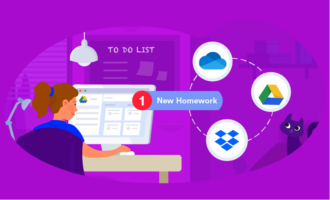




































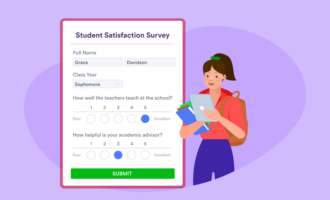

















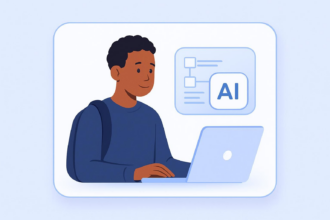





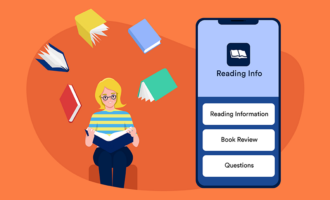






















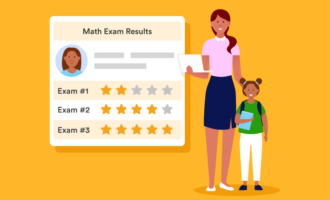











Send Comment: